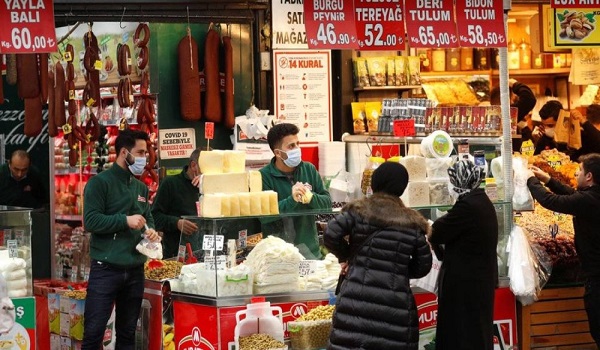According to the latest data released by the United Nations’ Food and Agriculture Organization (FAO), global food prices experienced a notable rebound in March after hitting a three-year low. The FAO’s price index, which monitors the prices of the most traded food commodities worldwide, climbed to 118.3 points in March, up from a revised figure of 117.0 points in the previous month.
This upturn in food prices marks a significant shift from the prolonged decline observed over the past seven months, with February recording the lowest index level since February 2021. The decline in prices can be attributed to various factors, including geopolitical tensions and supply chain disruptions, notably triggered by Russia’s invasion of Ukraine.
Key contributors to the overall increase in food prices include rises in vegetable oils, meat, and dairy products. The vegetable oil price index surged by 8% month-on-month, with all major oils registering significant increases. Additionally, the dairy index saw a notable gain of 2.9%, driven by escalating prices of cheese and butter. The meat index also experienced a rise of 1.7%, reflecting increased prices for poultry, pig, and beef products.
However, these gains were partly offset by declines in cereal and sugar prices. Cereal prices, particularly for wheat, faced downward pressure due to strong export competition and logistical challenges in key producing regions like Ukraine. Similarly, sugar prices weakened due to revised production forecasts in India and Thailand.
Looking ahead, the FAO adjusted its forecast for global cereal production in the 2023–24 season, anticipating a slight increase to 2.841 billion metric tons. Nevertheless, concerns persist regarding wheat output in the European Union and the UK, where adverse weather conditions have affected crops. Despite anticipated reductions in maize production, global output is expected to remain above the average of the past five years.
The FAO’s report underscores the ongoing volatility and complexity in global food markets, influenced by a myriad of factors ranging from weather patterns to geopolitical events. As countries navigate these challenges, close monitoring and coordinated efforts remain crucial to ensure food security and stability in the face of uncertainty.


